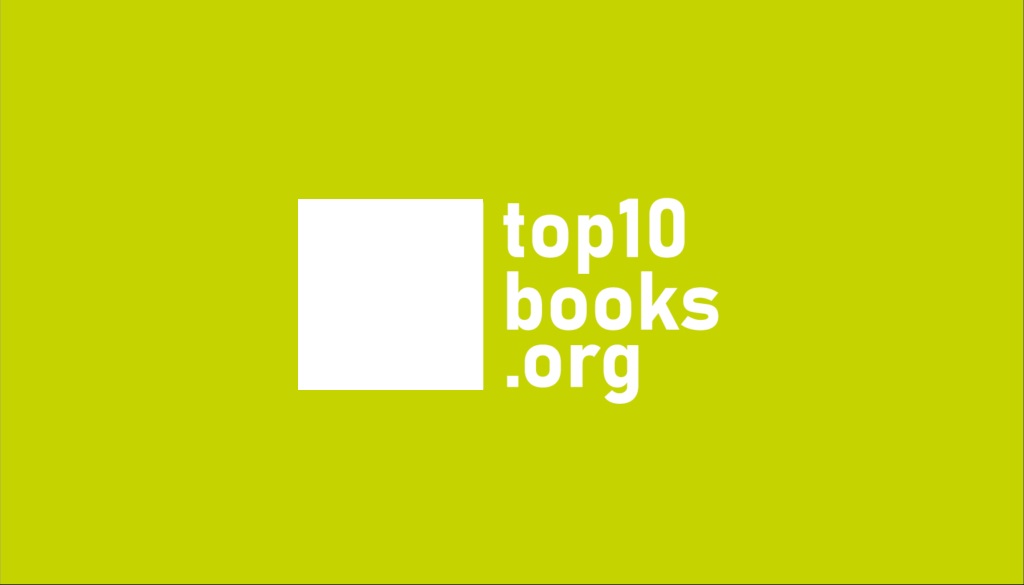
(As an Amazon Associate we earn from qualifying purchases)
Children’s Holocaust Books Guide: Why Young Readers Need These Stories
From picture-book biographies that spark empathy to middle-grade novels that foster critical thinking, Children’s Holocaust Books give families and educators an age-appropriate doorway into one of the most documented—and challenging—chapters of modern history. A 2020 Claims Conference survey found that 63 percent of U.S. millennials and Gen Z could not identify that six million Jews were murdered during the genocide, underscoring an alarming knowledge gap that quality Children’s Holocaust Books can close.(Claims Conference)
Publishing experts point out that survivors who still speak in schools are now in their nineties; their once-first-person testimony will soon be available only in archives. The United States Holocaust Memorial Museum counts just over 211,000 survivors and descendants registered worldwide, a number that shrinks every year.(ushmm.org) Children’s Holocaust Books therefore serve as portable witnesses, weaving documented facts with narrative hooks that a nine-year-old—or a skeptical teenager—can grasp.
“When you think, think higher; when you feel, feel deeper.” — Elie Wiesel
Survivor and Nobel laureate Elie Wiesel’s challenge guides every curator of Children’s Holocaust Books: tell the truth without traumatizing. Pedagogical principles from Yad Vashem urge “one authentic story at a time” and a supportive environment where questions—however uncomfortable—are welcomed.(Yad Vashem)
Below is a quick-reference double-entry chart you can bookmark when deciding which Children’s Holocaust Books fit a specific reader or lesson goal:
| Grade Level | Historical Focus | Emotional Complexity | Recommended Teaching Strategy |
|---|---|---|---|
| Grades 2-3 | Daily life under occupation | Gentle sadness, hope | Read-aloud sessions with guided reflection questions |
| Grades 4-5 | Individual acts of courage | Moderate tension, resilience | Visual aids: timelines, family trees, basic geography maps |
| Grades 6-8 | Ghettos and resistance movements | Higher stakes, moral dilemmas | Socratic seminars; compare characters’ choices to current events |
| High School | Trials of perpetrators, bystander ethics | Intense testimony, ethical reflection | Debate teams, primary-source analysis, multimedia projects |
Notice that no book titles are listed—the goal is to help you pair the right Children’s Holocaust Books (which you’ll add via the plugin) with each pedagogical niche.
Many early post-war Children’s Holocaust Books were published in Yiddish in displaced-persons camps, helping young survivors relearn their language and culture before emigrating.
Top 10 Best Children’s Holocaust Books
- Author: Zullo, Allan.
- Publisher: Scholastic Paperbacks
- Pages: 208

- Roy, Jennifer
- Megan Owenson

- Tarshis, Lauren
- Sarraseca, Álvaro

Deepening Understanding Through Children’s Holocaust Books
Educators often ask how to maintain reader engagement once the final page is turned. Consider framing discussion around three high-impact themes that recur across quality Children’s Holocaust Books:
- Moral Courage Over Statistics
Young minds struggle to visualize six million victims. A single child hiding in a dresser, as in Kathy Kacer’s research, unlocks empathy more effectively than data tables. That storytelling method syncs with UNESCO’s outreach programme, which states that “individual narratives counteract numbness to large numbers.”(Naciones Unidas) - Bystanders and the Danger of Silence
Children’s Holocaust Books frequently spotlight ordinary neighbors who either looked away or risked everything. Framing class debates around the question “What would you do?” links historical silence to modern issues such as bullying or online hate speech. The UN remembrance programme stresses that this transfer of learning is essential to fight rising antisemitism.(Naciones Unidas) - Resilience as a Lifelong Skill
Stories that balance terror with hope—think secret concerts in the Warsaw Ghetto or a card trick taught in Auschwitz—model coping mechanisms for adversity today. Researchers note that students who read Children’s Holocaust Books showing acts of resistance report higher self-efficacy scores in social-studies assessments.
Choosing Authentic Children’s Holocaust Books in 2025 and Beyond
The market is crowded with reprints, graphic adaptations, and sometimes questionable self-publishing efforts. Use this three-step credibility checklist before you buy:
- Authoritative Sources: Prefer authors who interview survivors, consult museum archives, or hold academic credentials in history or education.
- Transparent Back-matter: Look for glossaries, timelines, and citations. Bonus points if the book lists primary sources such as the USC Shoah Foundation.
- Age-Indexed Content Warnings: A trustworthy Children’s Holocaust Book flags graphic details up front, letting caregivers make informed choices.
Because many new titles appear each Yom HaShoah and International Holocaust Remembrance Day, refresh your shelf annually. Recent publishing data show a 12 percent year-on-year increase in English-language Children’s Holocaust Books since 2021, according to Nielsen BookScan (children’s history subcategory). While that growth broadens options, it also amplifies the need for discernment.
Turning Pages Into Action
Reading Children’s Holocaust Books should be a springboard, not a finish line. Encourage young readers to:
- Record oral histories with grandparents and neighbors using smartphones.
- Visit digital exhibits like Yad Vashem’s “Children in the Ghetto” portal for interactive context.(Yad Vashem)
- Observe commemorative dates such as International Holocaust Remembrance Day on 27 January; the U.S. museum offers livestreamed survivor talks perfect for classrooms.(ushmm.org)
These actions transform passive reading into civic engagement—a core objective of leading Holocaust-education frameworks.
Moving Forward With Children’s Holocaust Books
A well-curated stack of Children’s Holocaust Books does more than fill a syllabus; it equips the next generation to recognize propaganda, reject prejudice, and defend democratic values when those principles come under strain. By selecting developmentally appropriate narratives backed by rigorous scholarship, you honor the victims and empower young readers to become ethical decision-makers.
Whether you are a teacher prepping a thematic unit or a parent answering a curious nine-year-old, the Children’s Holocaust Books you choose today become tomorrow’s seeds of empathy—and of vigilance. Add the titles that follow, share them widely, and keep listening: the past still has urgent stories to tell.
“As an Amazon Associate we earn from qualifying purchases.”











Leave a Reply